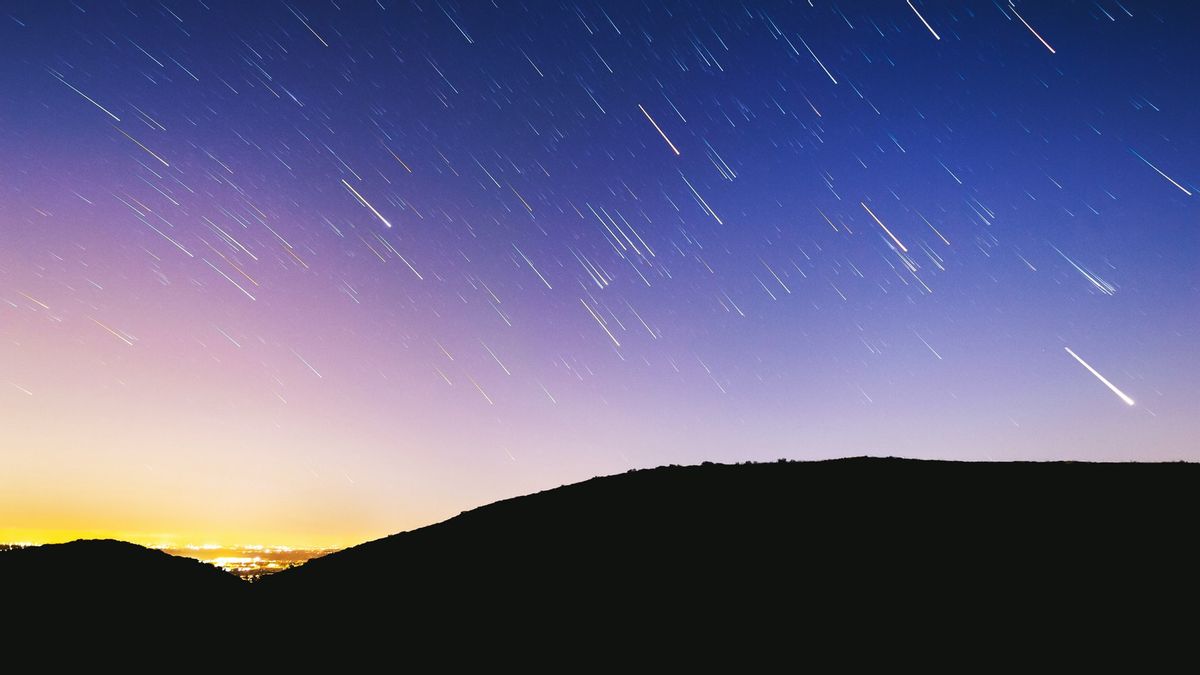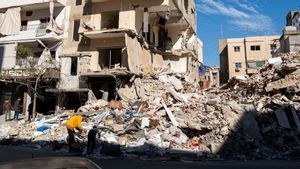JAKARTA - The National Research and Innovation Agency (BRIN) said the phenomenon of the Alpha-Capricornids and Delta-Aquariids meteor showers will occur at the end of July 2022 in the southern sky and can be observed from Indonesian territory.
"This Alpha-Capricornids meteor shower can be observed on July 30-31 2022 starting at 20.00 WIB on the eastern horizon. However, the best time is after midnight in the southern sky," said BRIN's Main Researcher for Astronomy and Astrophysics, Thomas Djamaluddin in a statement received in Jakarta, Antara, Friday, July 15.
He explained that about five meteors per hour are expected to appear across the sky. The Alpha-Capricornids meteor shower originates from the dust cluster of comet 169P/NEAT that passed by Earth.
“Small comet dust enters the Earth's atmosphere and burns up like a shooting star. Although the number of meteors is small, sometimes this meteor shower shows bright meteors from the remains of a larger comet," he said.
While the Delta Aquariids meteor shower can be observed on 29-30 July 2022 starting at 23.00 WIB on the eastern horizon. The peak is around 02.00 WIB in the southern sky.
“This meteor shower displays dozens of meteors per hour. Comet 96P/Machholz dust is suspected to be the source of this meteor shower," he said.
He said the combination of two meteor showers in the southern sky became an attraction for sky observers in Indonesia. Hopefully, dry conditions and no light disturbances in July will make meteor shower observations more interesting.
According to him the meteor shower is not dangerous. The comet's remaining dust burns up at an altitude above 80 km.
In order to see the meteor shower better, it is necessary to choose an observation location that is minimally disturbed by light and the field of view to the southern sky is not disturbed by trees or buildings.
Meteor observations are better without tools, because the eye has a wider field of view.
A meteor shower is an annual astronomical phenomenon that occurs when a number of meteors appear to slide back and forth from a certain point in the sky. Meteors look like shooting stars or moving stars.
Meteors are interplanetary rock or dust that enter the atmosphere and then burn due to atmospheric friction, said Thomas Djamaluddin.
The English, Chinese, Japanese, Arabic, and French versions are automatically generated by the AI. So there may still be inaccuracies in translating, please always see Indonesian as our main language. (system supported by DigitalSiber.id)













